What is a Macerator Pump and How Does It Work?
A macerator pump is a device that breaks down the solids in wastewater into smaller particles.
This allows wastewater to flow through the pipes more easily and reduces the risk of blockages. Macerator pumps can be used in homes, workplaces, ships, hospitals and industrial plants.
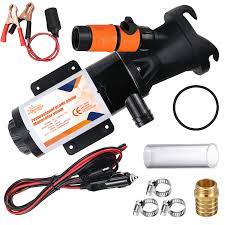
How does the macerator pump work?
The working principle of the macerator pump is as follows:
- It reaches the waste water inlet.
- The solids in the wastewater are broken down by a drum with blades inside.
- The shredded solids are sent to the outlet together with the waste water.
- It transfers wastewater under pressure into pipes or tanks.
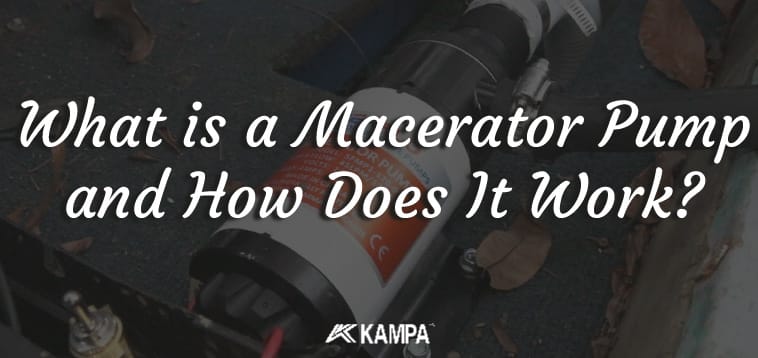
What are the Advantages of Macerator Type Pump?
Its use provides many advantages. Some of them are the following:
- It prevents blockages in pipes by breaking down the solids in wastewater. This reduces the time and cost spent on pipe cleaning and maintenance.
- It allows wastewater to flow faster through the pipes. This saves space and energy required for storage and treatment of wastewater.
- Reduces odor formation by breaking down solids in wastewater. This reduces the risk of environmental pollution and health problems.
- It increases the efficiency of the biological treatment process by breaking down the solids in the wastewater. This increases the amount and quality of water that can be recovered from wastewater.
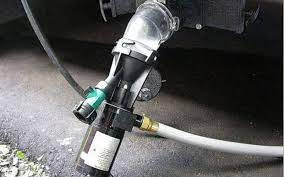
How to Choose a Macerator Pump?
The choice of macerator pump should be made according to the characteristics of the place where it will be used. Some factors to be considered in the selection are as follows:
- Flow rate of wastewater: The flow rate of the wastewater determines its capacity. The higher the flow rate of the wastewater, the more powerful it needs to be.
- The amount and size of solids in the wastewater: The amount and size of solids in the effluent affects its performance. The more and larger the amount and size of solids in the wastewater, the more durable and sharp it needs to be.
- Mounting type: It has different mounting forms. Macerator pumps can be mounted connected to the pipeline or free-standing. The way it is mounted affects its size, layout and pump maintenance.
Frequently Asked Questions
How much electricity does it consume?
Electricity consumption varies depending on the duration of use and power. On average, it consumes 0.5-1 kWh of electricity in one hour.
How loud is it?
The sound level of the macerator pump varies depending on the operating speed and the acoustics of the environment. On average, it produces a sound between 60-70 dB.
How to clean it?
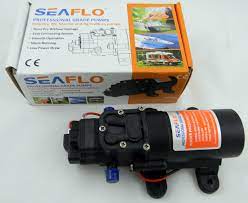
Cleaning varies depending on the frequency of use and the nature of the waste water. In general, a macerator pump should be cleaned once a month. The cleaning process is done as follows:
- The electricity is cut off.
- Inlet and outlet connections are disconnected.
- The drum with the knife inside is removed.
- The drum with blades is washed with water and detergent.
- The drum with blades is reinstalled.
- Input and output connections are reconnected.
- The electricity is switched on.
How long does it last?
The lifetime of the pump varies depending on the way it is used and maintained. On average, a macerator pump can operate for between 10-15 years.
Where to buy?
They are available in different brands and models. When buying, pay attention to the quality, warranty and service. Prices vary according to the characteristics of the product.
Understanding waste management systems often involves encountering specialized equipment. A key player in this realm is the macerator pump. But how does a macerator pump work? Essentially, a macerating pump grinds solid waste into a slurry, allowing it to be easily pumped through smaller diameter pipes. This is particularly useful in situations where standard plumbing isn’t feasible, such as adding a bathroom in a basement or remote location. Different types exist, including those designed for specific needs like a bedpan macerator in healthcare settings. The core function, however, remains consistent: to reduce solids and facilitate efficient wastewater removal.
The applications of macerating pumps are diverse. A commercial macerator might be found in restaurants or hotels, handling larger volumes of food waste. Industrial macerator pump models are employed in manufacturing and processing plants to manage specific types of industrial waste. Thinking about connecting to a septic system? A macerator pump septic tank setup can be a viable option. A macerator pump system generally includes the pump itself and a macerator tank to hold the waste. While some might call it a macerator machine, the fundamental purpose is the same: to effectively manage waste. You’ll find variations like the macerator sewage pump, designed for black water, and the macerator waste pump, addressing general wastewater needs. Across the board, macerators offer a practical solution for overcoming plumbing limitations. Macerating pumps sewage applications are common, and it’s important to understand the specific requirements for your setup before choosing among the various macerators and macerator pumpe options available.
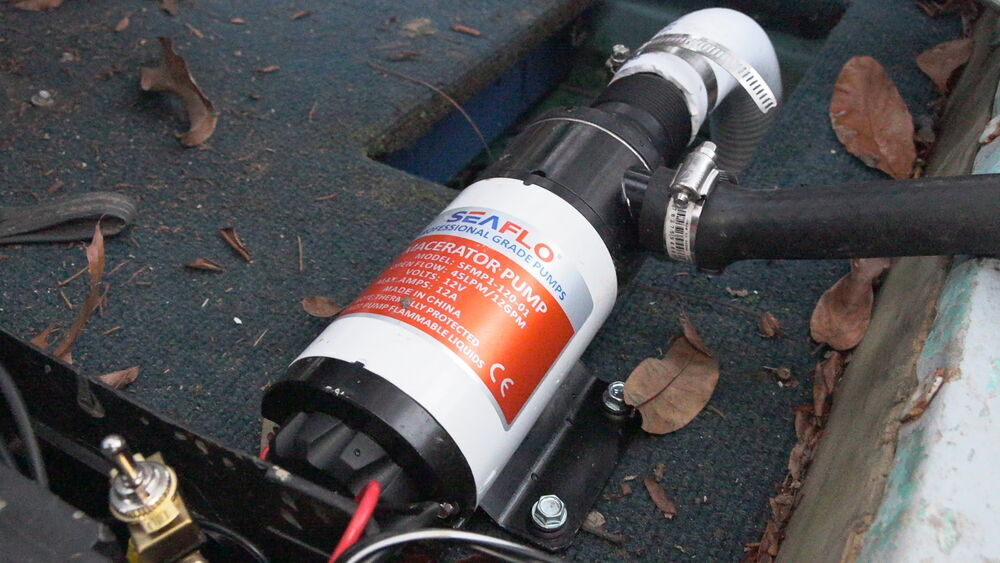
The Difference Between a Macerator Pump and a Septic Pump
The differences are as follows: Septic pumps are a device used to discharge wastewater from septic tanks, where domestic or industrial wastewater is stored, by drawing the wastewater and then directing it into a sewer line or a drainage area.
Macerator pumps, on the other hand, grind the solids in the wastewater into smaller particles, which are then directed into a sewer line or a drainage area.
Click here for macerator pump prices. Click here for information about pumps.

